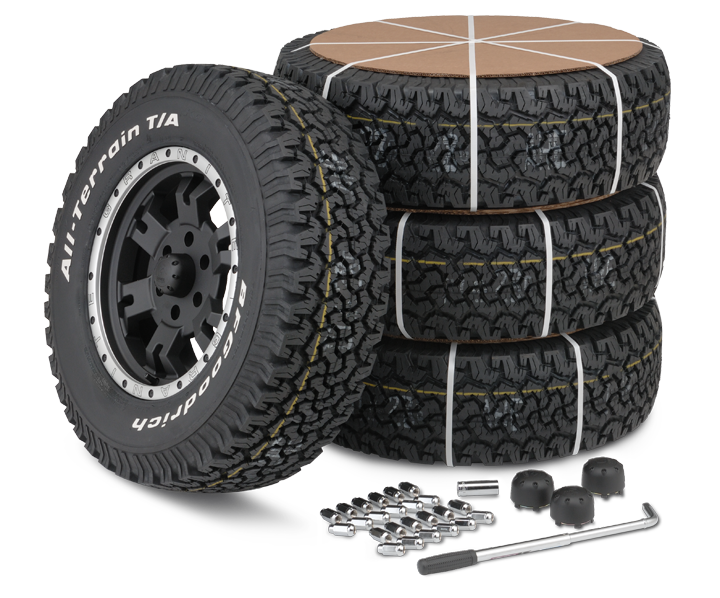Morris Tire and Alignment: Your Relied On Resource for Reliable Service
Morris Tire and Alignment: Your Relied On Resource for Reliable Service
Blog Article
Tire Solution: Understanding Tire Stress Monitoring Systems
Understanding Tire Pressure Surveillance Systems (TPMS) is a critical facet of keeping optimum automobile efficiency and safety and security on the roadway. With advancements in automotive innovation, TPMS has actually become a standard attribute in modern-day vehicles, providing real-time details on tire pressure levels.

Importance of TPMS
The significance of Tire Stress Surveillance Equipments (TPMS) exists in their capacity to boost automobile safety and security and efficiency with real-time tracking of tire pressure degrees. Preserving the appropriate tire stress is important for guaranteeing optimum handling, stopping, and general safety and security of an automobile. TPMS offers chauffeurs with prompt responses on any type of overinflated or underinflated tires, enabling prompt modifications to be made.
Components of TPMS
Consisting of various vital components, a Tire Pressure Surveillance System (TPMS) operates as a sophisticated safety and security feature in contemporary lorries. The primary elements of a TPMS consist of sensors, a control component, and a warning sign. Sensors are usually situated in the tire valve stem or connected to the wheel setting up, where they gauge tire stress and send data to the control module. The control module procedures this details and activates a caution if it finds dramatically low pressure in any of the tires. The caution indication, often a symbol on the dashboard, signals the driver to inspect the damaged tire or tires. Some progressed TPMS models additionally show the real tire pressure readings for each tire, providing drivers with real-time information to ensure optimal tire performance and security. By keeping track of tire pressure continuously, TPMS aids prevent accidents, lowers tire wear, and boosts fuel effectiveness, making it a critical component for car security and efficiency.
Sorts Of TPMS

On the other hand, indirect TPMS counts on the automobile's wheel rate sensing units to monitor tire pressure. This system identifies underinflation by comparing the rotational speeds of the wheels. Indirect TPMS is much less costly than straight TPMS, as it makes use of existing sensing units within the vehicle.
While direct TPMS offers much more precise readings, indirect TPMS is easier in style and generally requires less upkeep. Both systems have their limitations and benefits, and the selection between them typically depends upon elements such as expense, lorry make, and individual preference. Recognizing the distinctions in between these 2 sorts of TPMS can aid automobile owners make informed decisions pertaining to tire maintenance and security.
TPMS Upkeep Tips
Efficient maintenance of TPMS is necessary for making certain optimal efficiency and security of your vehicle. Frequently examining the TPMS sensing units for any type of damage or rust is crucial. Ensure that the sensing units are clean and free from debris that might conflict with their performance. In addition, it is recommended to inspect the sensor batteries occasionally and replace them as required to assure accurate analyses. Conduct routine look at the tire stress levels and contrast them with the TPMS readings to ensure they correspond. If there are any type of discrepancies, recalibrate the system complying with the producer's guidelines. Moreover, during tire turning or substitute, make certain that the TPMS parts are dealt with carefully to avoid any type of prospective why not check here damages. If the TPMS warning light illuminates on the control panel, address the problem immediately by examining the tire pressures and the overall system for any type of faults. By sticking to these upkeep tips, you can prolong the life expectancy of your TPMS and boost the safety and security of your driving experience.
Advantages of Proper Tire Pressure
Maintaining proper tire pressure, as stressed in TPMS Upkeep Tips, is essential for reaping the countless advantages linked with optimum tire pressure levels. One of the primary advantages of maintaining the right tire pressure is improved fuel efficiency. When tires are correctly pumped up, there is less rolling resistance, resulting in much better gas economy. In addition, proper tire stress guarantees even tire wear, expanding the lifespan of the tires and advertising much safer driving conditions. With the ideal tire pressure, vehicles additionally have better handling and traction, specifically in damaging weather conditions. This can boost total driving performance and security for the driver and guests. Moreover, preserving optimum tire stress can contribute to a smoother and extra comfy trip by decreasing vibrations and sound created by underinflated tires. Finally, the benefits of correct tire pressure exceed simply tire long life; they encompass improved fuel effectiveness, boosted security, far better car efficiency, and general driving convenience.
Final Thought
To conclude, comprehending tire pressure surveillance click systems (TPMS) is vital for keeping optimal tire pressure and ensuring car security. By acknowledging the importance of TPMS, being familiar with its elements, recognizing the different types offered, adhering to appropriate maintenance ideas, and understanding the advantages of keeping proper tire stress, drivers can boost their driving experience and prolong the lifespan of their tires. Correct tire stress is key to effective and risk-free car procedure.

Report this page